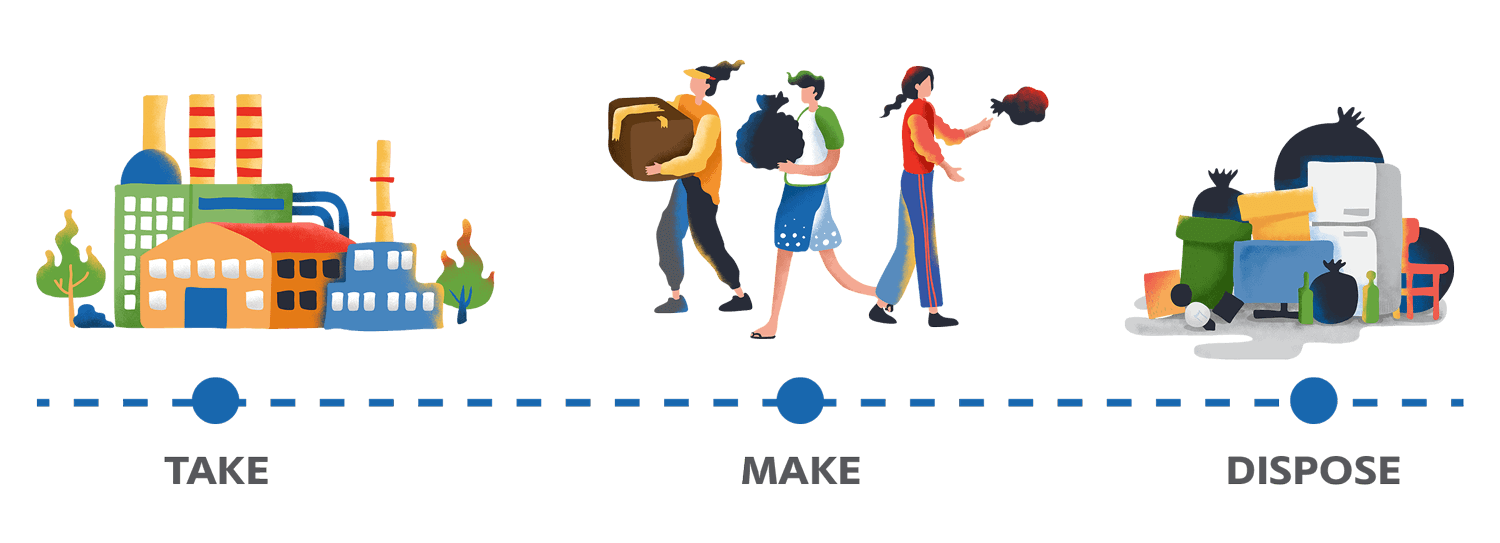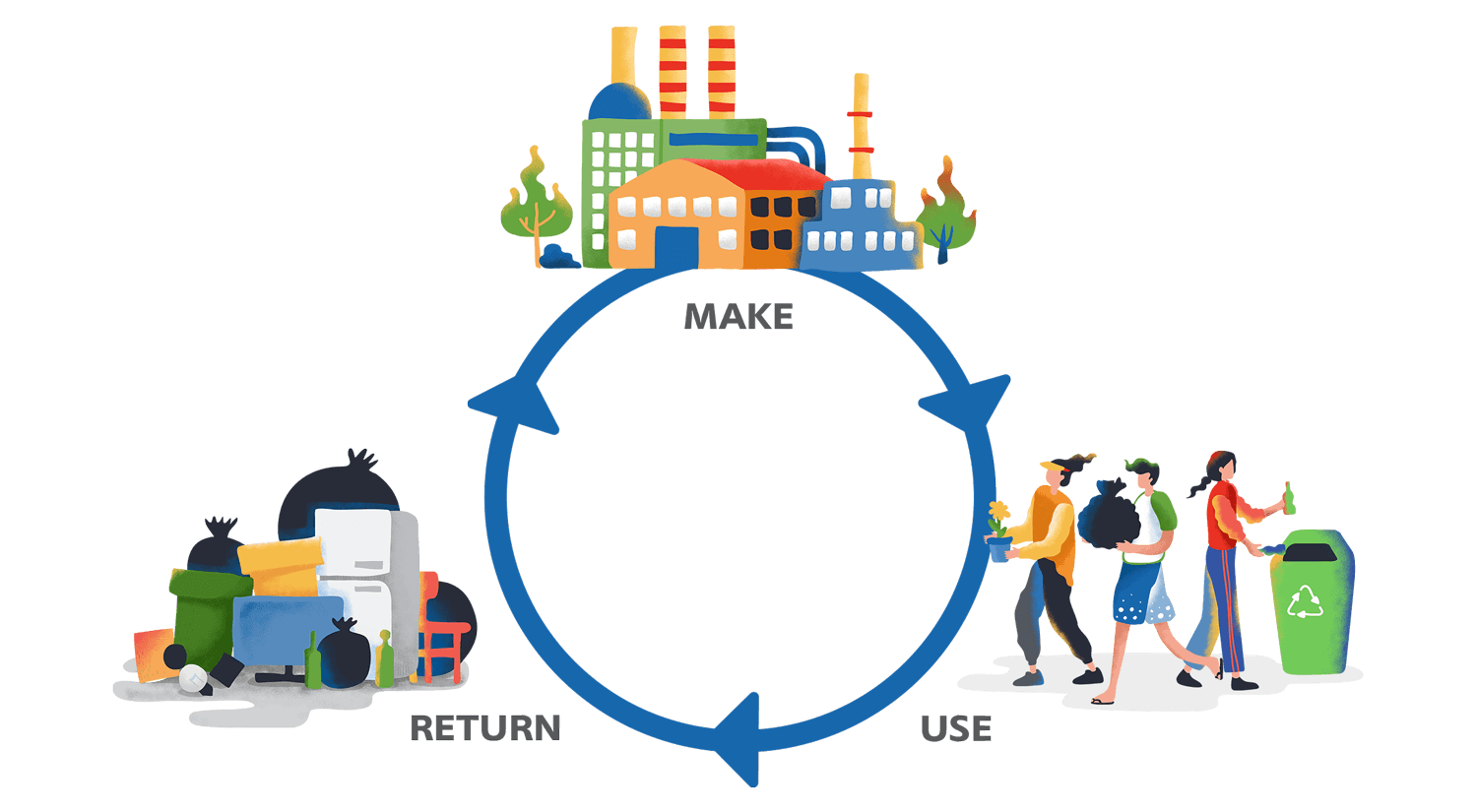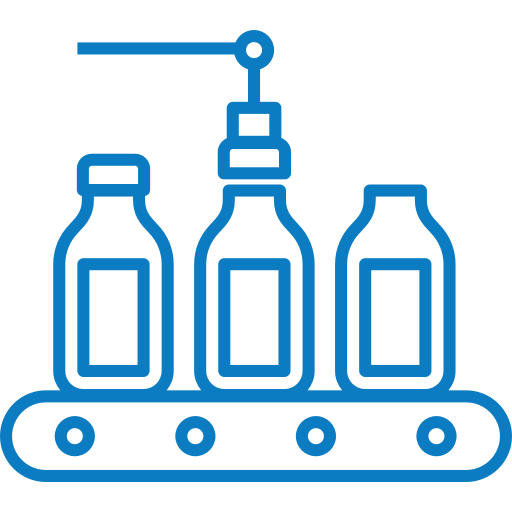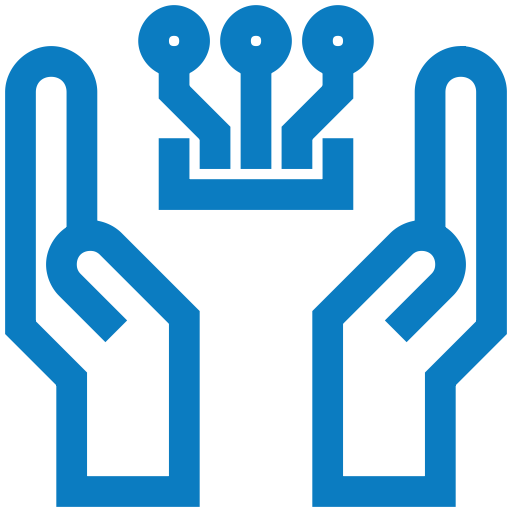Why Circular Economy important now? Today, the world is facing the challenge of rapid population growth, resulting in the ever-increasing demand for natural resources on top of accelerated environmental degradation including global warming, climate change, and excessive waste, especially plastic debris in the ocean. These issues require the involvement of all sectors to tackle these impediments.
SCG recognizes the importance of the circular economy, the key to achieving sustainable development goals that include economic, societal and environmental dimensions. We, therefore, strive to put the circular economy into practice in the business sector and spark the shift toward circular economy principles by raising public awareness and encouraging behavioral transition in manufacturing and consumption to regenerative practices through examples of the applied circular economy. We aim to promote the active participation of all sectors. The cooperation will be key to making the circular economy a reality.









